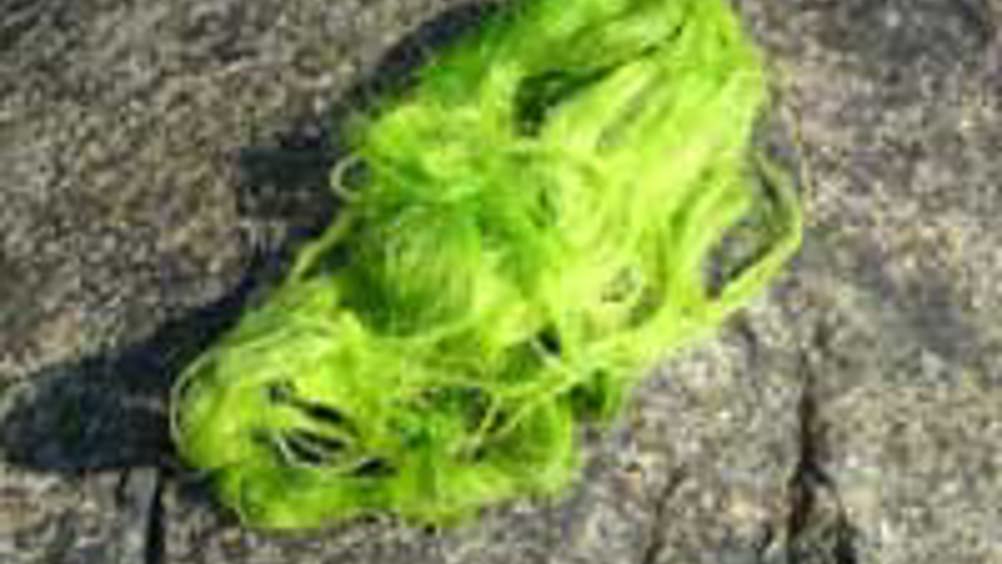Algae finds use in batteries
A group of researchers at Uppsala University have discovered that the distinctive cellulose nanostructure of Cladophora algae can be used to form an electrode for use in environmentally friendly batteries.

A group of researchers at the Ångström Laboratory at Uppsala University have discovered that the distinctive cellulose nanostructure of Cladophora algae can be used to form an electrode for use in environmentally friendly batteries.
'These algae have a special cellulose structure characterised by a very large surface area,' said Gustav Nyström, a doctoral student in nanotechnology. 'By coating this structure with a thin layer of conducting polymer, we have succeeded in producing a battery that weighs almost nothing and that has set new charge-time and capacity records for polymer-cellulose-based batteries.'
Despite extensive efforts in recent years to develop new cellulose-based coating substrates for battery applications, satisfactory charging performance proved difficult to obtain. However, no-one had tried using algal cellulose before.
Researcher Albert Mihranyan and Prof Maria Strømme at the Nanotechnology and Functional Materials Department of Engineering Sciences at the Ångström Laboratory have been investigating applications of the cellulose from Cladophora algae for a number of years.
Register now to continue reading
Thanks for visiting The Engineer. You’ve now reached your monthly limit of news stories. Register for free to unlock unlimited access to all of our news coverage, as well as premium content including opinion, in-depth features and special reports.
Benefits of registering
-
In-depth insights and coverage of key emerging trends
-
Unrestricted access to special reports throughout the year
-
Daily technology news delivered straight to your inbox










Water Sector Talent Exodus Could Cripple The Sector
Maybe if things are essential for the running of a country and we want to pay a fair price we should be running these utilities on a not for profit...